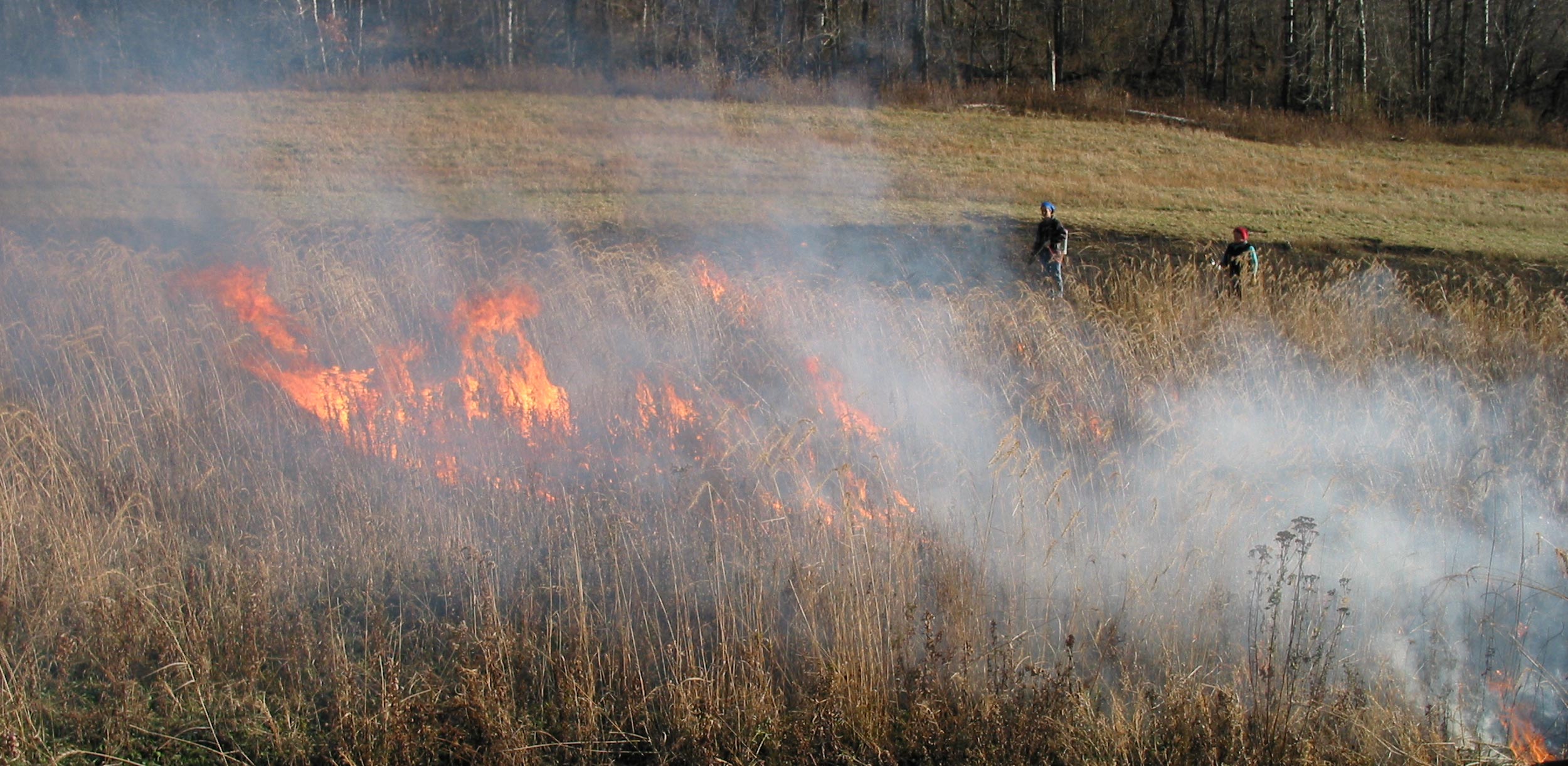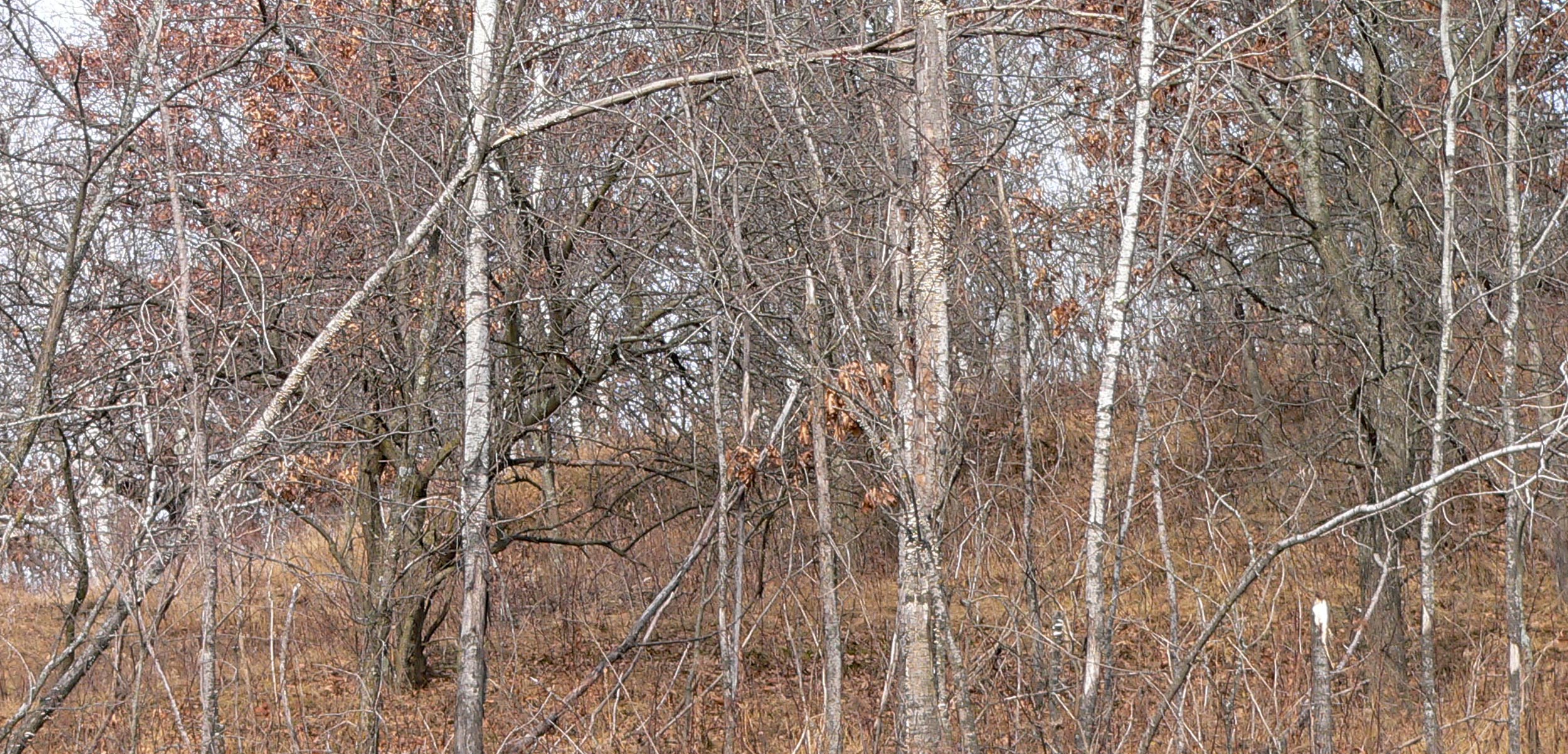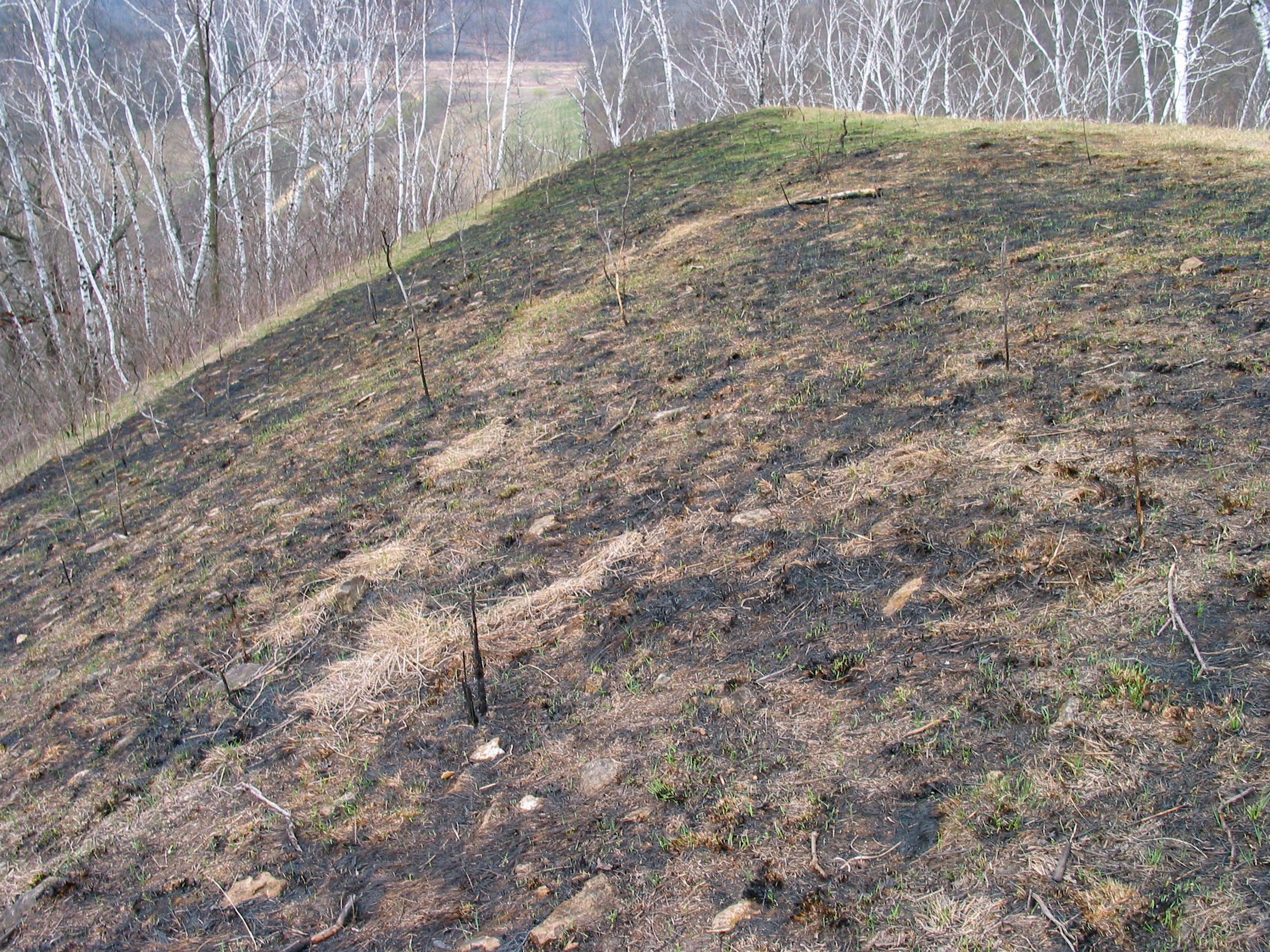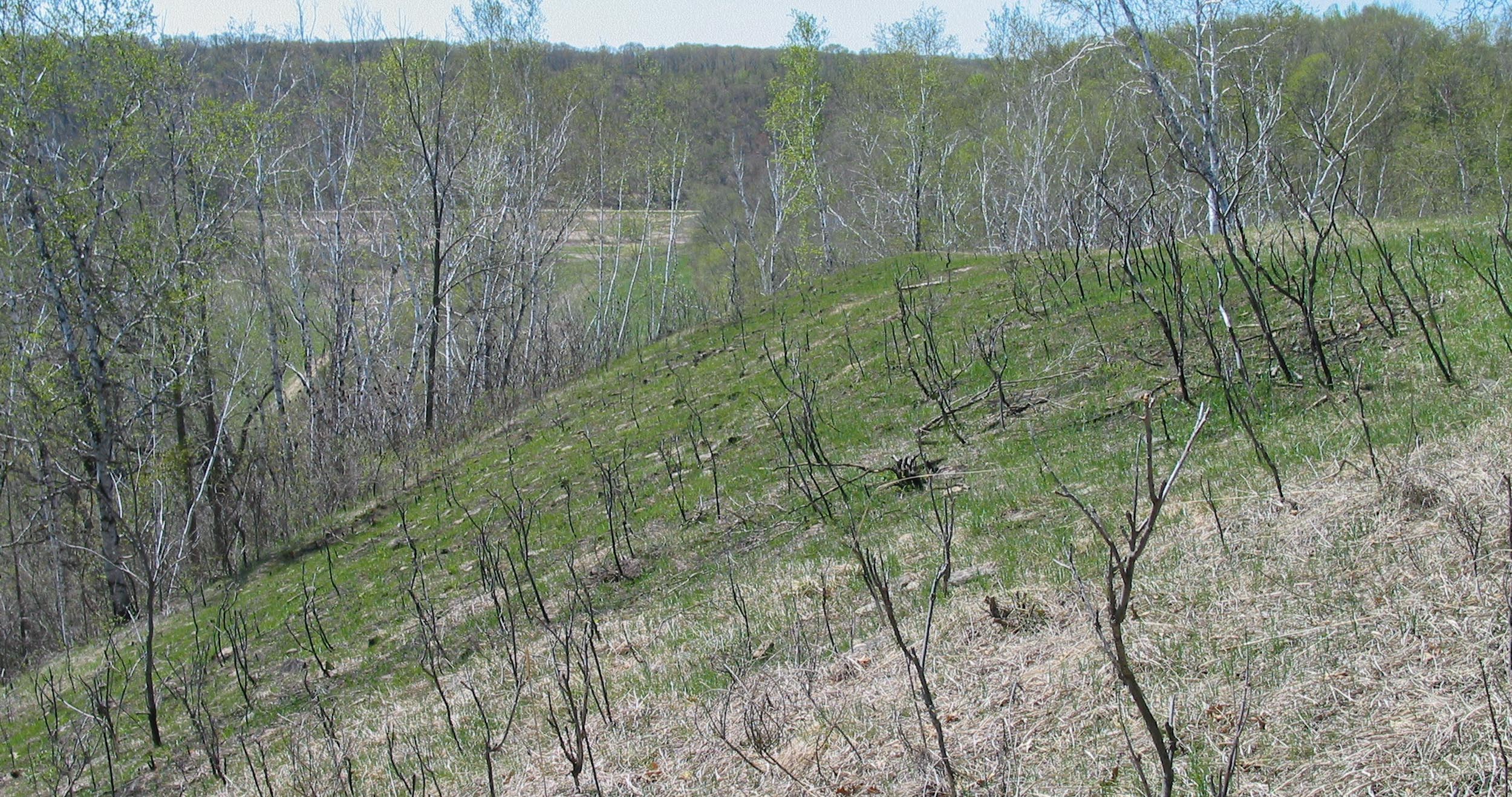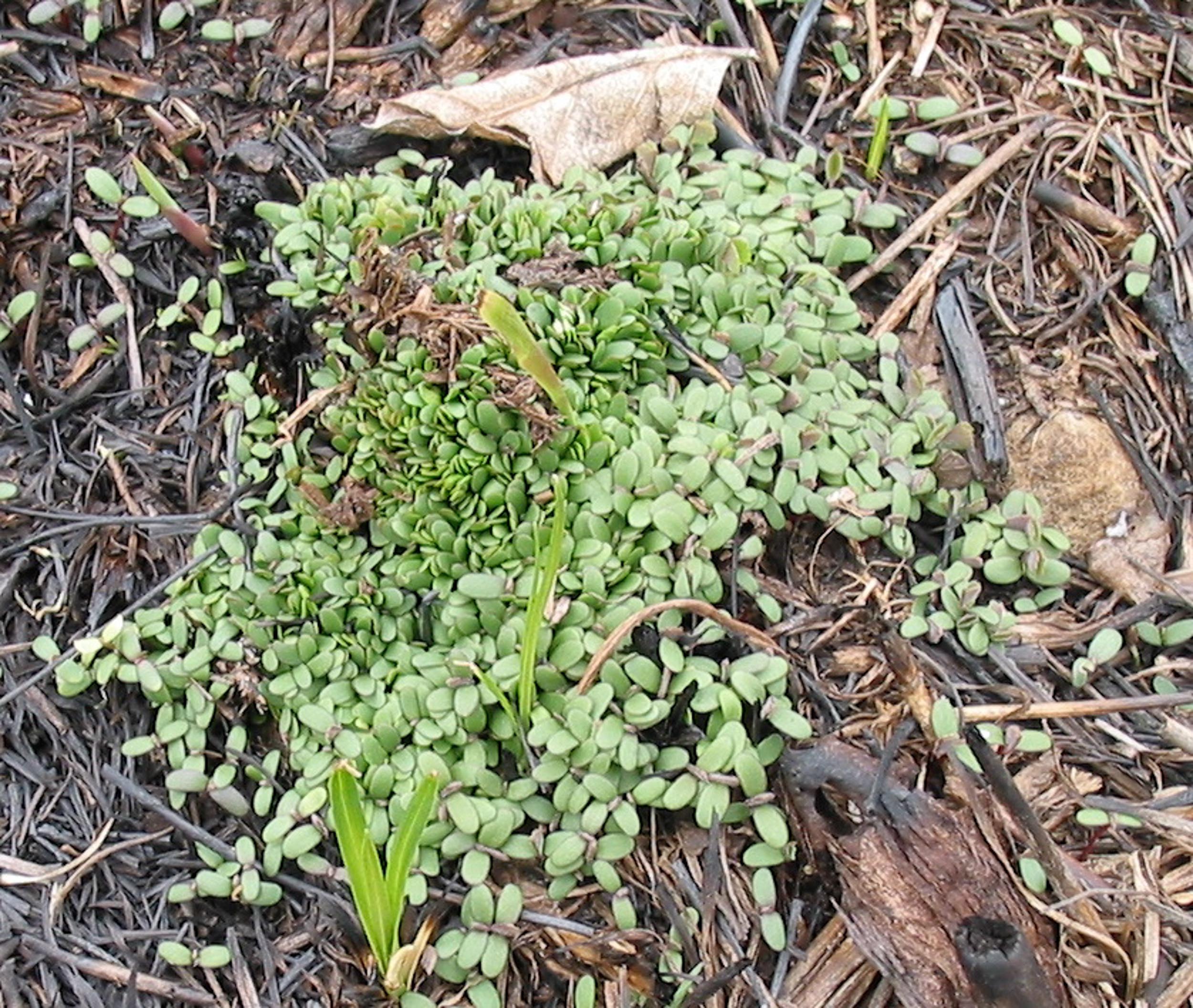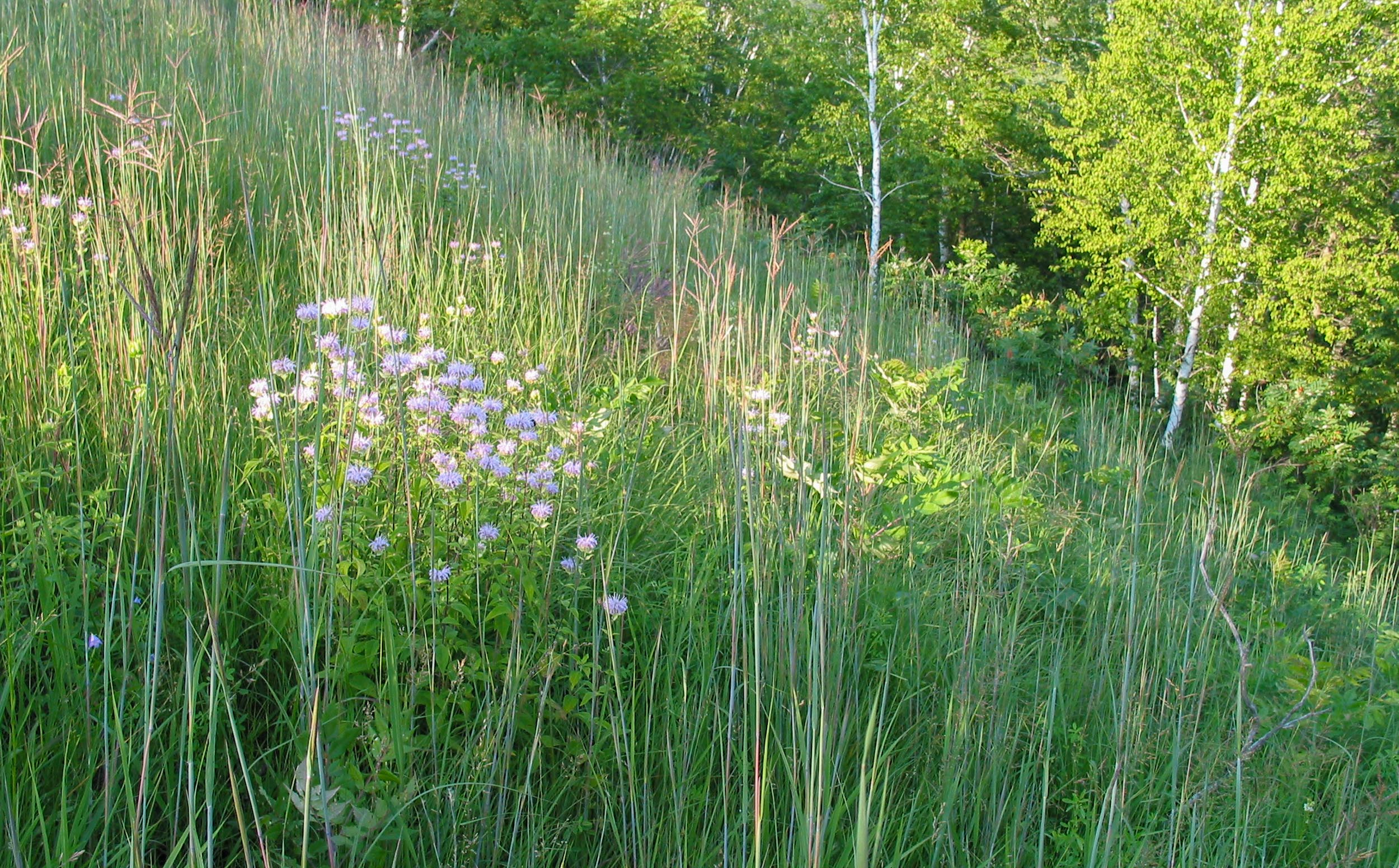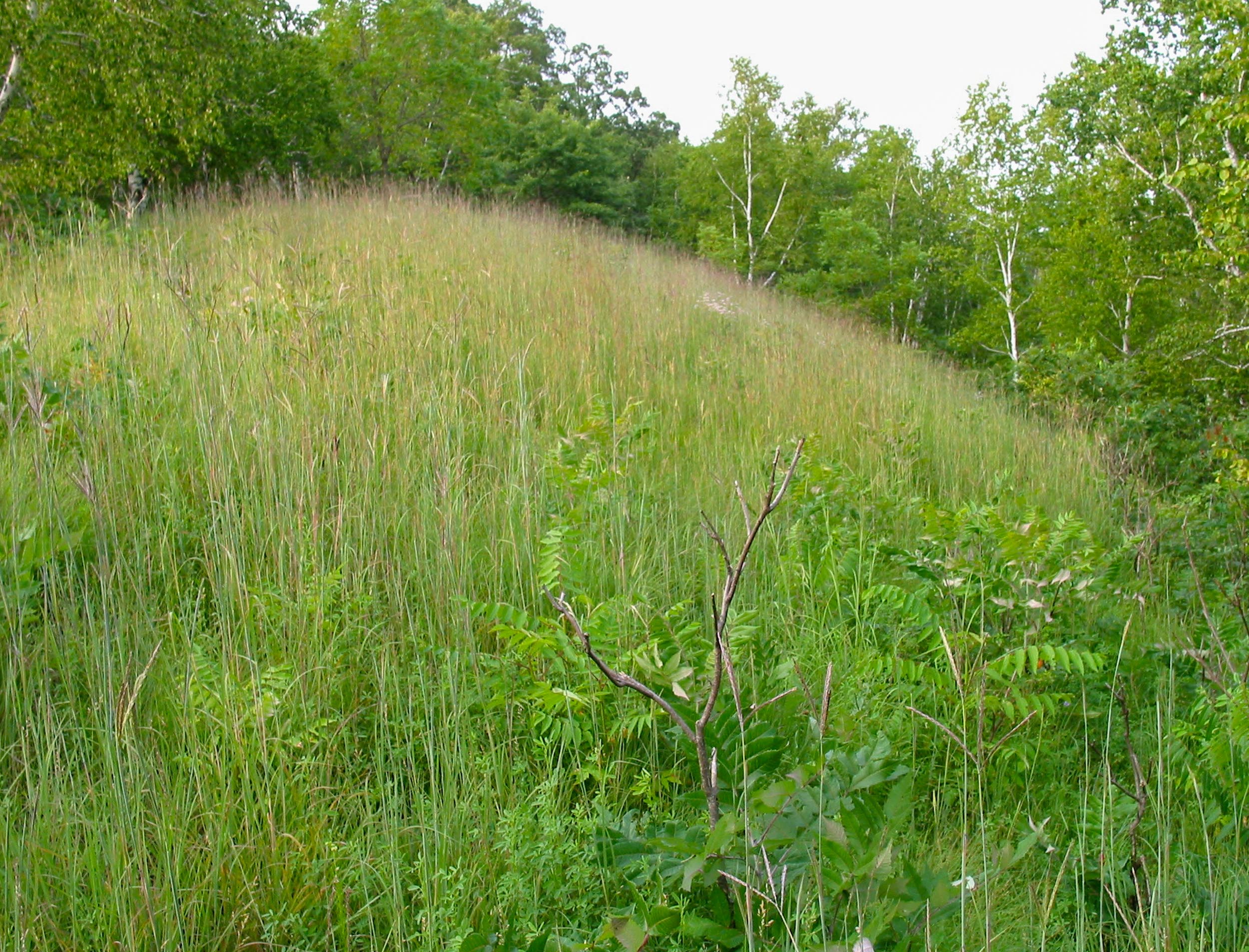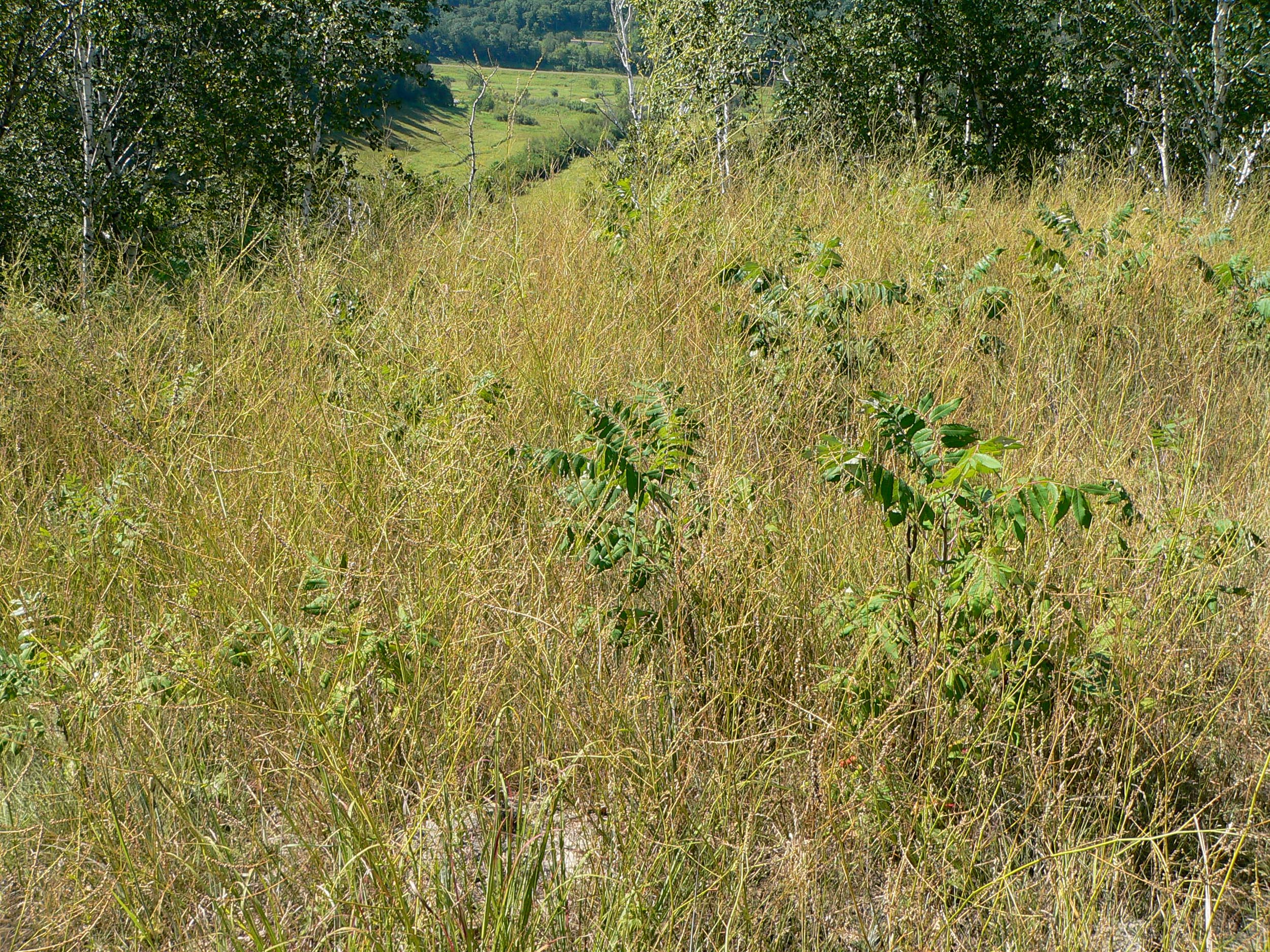One of the favorite restoration techniques among managers of remnant prairies is fire.
Fire was a natural part of the original prairie ecosystem, so it seemed logical to us to use it in the restoration process. We did several burns in the first few years after we bought our land, but now we’ve come to the conclusion that it’s not a very good tool for us.
The biggest concern I have about fire is that it kills most of the insects in the burned areas. If the insects are flying, they might be able to fly away, but in most stages of insects’ lives, they can’t fly, so they are trapped when the fire comes. When the Indians were burning prairies, there were prairie and savanna areas all around, so the insects could easily repopulate from unburned areas. Now most of the prairie is gone – the remnants that are left are like islands in a sea of woodland and cropland. So there are no nearby places for the insects to repopulate from.
People tend to think that plants are the most important part of a prairie, but a prairie habitat includes insects and other animals, fungi, and soil organisms as well as plants. Insects and other organisms interact with prairie plants in complicated ways, and are important components of the ecosystem. Some insects are generalists – they live in many different kinds of environments. They can probably repopulate prairies fairly easily after a fire. But there are other species that depend on these tiny islands of prairie, and can’t live in other environments. We don’t know much about these prairie specialists – which species they are, which species we have here, and what their responses to fire might be.
Another problem with fire is that it doesn’t easily solve the problem of eliminating the invading brush and trees from the prairies. Our remnants have been neglected for so long that the trees and brush are too big to be killed by burning.
And most brush is only top killed by fire, and sometimes is even stimulated by it. We would need to burn annually to keep plants like Sumac and Dogwood under control.
Another big problem with fires is that they can only be done when conditions are just right, and when there are enough people to monitor them so they’re safe. Since we’re so far from everywhere, it’s difficult for us to find helpers, and especially difficult when we can’t tell them exactly which day to plan for. Once we had planned a big burn with 8 or 10 people organized to help, and that day the DNR put a burning ban in effect for Buffalo County, and we had to cancel everything. So we’ve done almost all our burns with just the two of us.
We’ve burned one of our planted prairies, and two of the remnants, but I don’t think we’ll do more unless it seems necessary.
This was a burn we did on Indian Grass Prairie (a remnant) in the spring of 2004.
A week or so after the burn
A few weeks later
We found thousands of these tiny sprouts and eventually realized they were Sweet Clover – an aggressive non-native biennial that thrives after fires.
That summer we saw much more Big Bluestem and less Indian Grass. The grasses grew much taller and thicker than before the burn. Some of the flowers, especially Monarda and Purple Prairie Clover, had more blooms. Some of the Sumac – but not all – was top killed, and most of the blackened plants sprouted back from the base.
Later that summer the sumac was clearly coming back – just as thick as it had been before the fire.
The second summer the sumac and the grasses and flowers looked the way they had before the burn – the sumac was growing, the flowers and grasses were shorter and bloomed less. And there were thousands of blooming plants of Yellow and White Clover.
My conclusion from this experiment was that this one burn didn’t help the prairie in the long run. It would probably help if we did a burn every year, but we have so many remnants, and I’m so concerned about the effects of the burns on insects, that I think it’s better for us to manage our prairies without fire if we can.
If you do plan to use fire on your remnant, I’ve come across some suggestions that may make the burns easier on insects and other invertebrates:
1) Don’t burn every year. Give the plants and animals a chance to recover.
2) Divide your remnant into several sections and only burn one section in any one year. That leaves unburned areas (refugia) where insects can repopulate from.
3) Fires usually skip over some areas. Leave those areas unburned – they’ll be refuges where insects can survive.
4) One way to be sure the fire skips some areas is to water them before burning.
5) Leave some areas that are never burned.
The main thing I’ve learned from all my reading is that patchy management may be the best solution – using management tools differently in different places, creating many different kinds of habitat.
I’ve been talking with other people how we manage our prairies, and have read and heard some interesting arguments for and against using fire. Here are a links to information I’ve found about the use of burning as a restoration tool, and how that affects biodiversity in prairies.
Is Fire Really Essential in Prairies? – Chris Helzer, Director of Science for The Nature Conservancy in Nebraska
Prairie Management Tradeoffs – Prescribed Fire – Chris Helzer, Director of Science for The Nature Conservancy in Nebraska
Introduction to Insect Biology and Conservation with Special Attention to Prescribed Fire Effects – Christopher E. Smith
A blog post with helpful information about how to manage burn units and timing of burns to protect invertebrates.
Confessions of Two DIY Enthusiasts – Shelley & David Hamel
Thoughts and observations on the effects of burning in a sand prairie/savanna restoration in central Wisconsin.
Prairie Paradigms – by Dennis Schlicht
Concerns that the current paradigms of fire use in prairies risk loss of organisms that we know almost nothing about.
DNR Pollinator Best Management Practices and Habitat Restoration Guidelines – MN DNR
Helpful guidelines for creating refugia for invertebrates, especially pollinators including: care in choosing which areas to leave as refugia, attention to rare insect populations, attention to plants that act as overwintering or egg-laying sites, and suggested fire intervals.
Are We Loving our Prairies/Glades/Woodlands to Death? – Ted MacRae
Burning Remnants – Ted is concerned that we’re not doing burns carefully enough – not leaving enough refugia and paying attention to the insects that live there.
How Does Habitat Management Affect Butterflies? – Ann Swengel
Ann and Scott Swengel have spent many years observing, surveying and monitoring butterfly populations. This article is from a series Ann wrote addressing habitat management in prairies. The other articles in the series are listed On This Page.
Declines of Prairie Butterflies in the Midwestern USA – Scott R. Swengel, Dennis Schlicht, Frank Olsen, Ann B. Swengel
The decline of prairie dependent butterflies with suggestions on how to change our management practices to do better at preserving rare butterfly populations.
Grass-skipper (Hesperiinae) trends in midwestern USA grasslands during 1988-2013 – Ann & Scott Swengel
Michigan Natural Resources Inventory article (PDF) about Papaipema sciata (Culver’s Root Borer Moth) – and other rare Papaipemas – Papaipema eggs are very fire sensitive, and fall, winter, or spring burns cause high mortality. “No Papaipema site should ever be entirely burned in a single year. ”
Articles by Andrew Williams, Department of Entomology, University of Wisconsin, Madison
In praise of grazing (PDF) – Encouraging the use of grazing as a management tool for prairies
Fauna Overwintering in Prairie Stems (PDF)
Marbleseed Fauna (PDF)
A New Paradigm for Prairie Management
Prairie Insect Conservation
Insect Biodiversity on Prairies Lacking Fire Management with Focus on Lepidoptera – by Kyle Johnson
A study to gather baseline invertebrate biodiversity data from 8 Wisconsin prairies that can later be used to learn more about which insects occur on prairies, their habitat needs, and their response to various management practices.
Rare, Declining and Poorly Known Butterflies and Moths of Forests and Woodlands in the Eastern United States – Dale F. Schweitzer, Marc C. Minno, and David L. Wagner
Includes a section on the effects of fire on Lepidoptera. Some of their conclusions:
— Sites should be divided into several burn units, and only some of the units burned in any one year.
— There must be sufficient time between burns for recolonization – five years would be a good interval between fires on any one unit to give populations a chance to recover, and for them to start exporting immigrants to other burn units.
Another conclusion they come to – in burning as well as other kinds of management issues – is that patchy management – a mosaic of different treatments – may be most successful.

